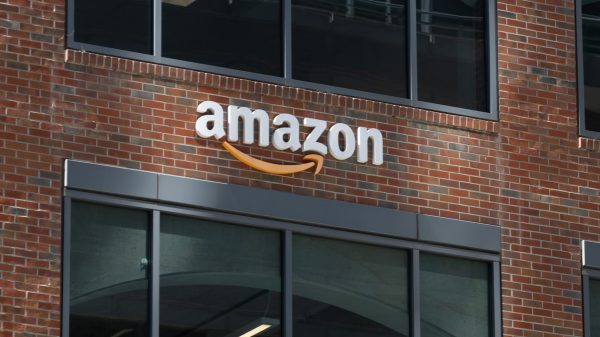The evolution of social media has dramatically reshaped digital advertising landscapes, offering precise audience targeting and measurement tools that traditional media like linear TV could only dream of. However, today’s social media landscape is marked by fragmentation and the pervasive issue of misinformation, which has forced platforms to confront their roles as publishers while balancing the responsibilities thereof.
Amidst these challenges, some platforms are rebranding themselves to emphasize positive user experiences and attract advertising dollars in increasingly competitive markets. For instance, Pinterest and Snapchat have positioned themselves as alternatives to traditional social media, focusing on curated content and user engagement rather than the typical social network dynamics.
Reddit, too, is distancing itself from the social media label, highlighting its community-focused approach and robust search functionalities. Despite these efforts, advertisers remain skeptical about repositioning efforts, prioritizing audience engagement and effective ad tools over platform identities.

Social Media
Moreover, social media platforms face reputational challenges. Meta (formerly Facebook) is under scrutiny for its handling of election disinformation, while Twitter (now X) navigates brand safety issues under new ownership. TikTok, despite its popularity, faces regulatory threats like potential bans in certain regions.
Despite these challenges, U.S. social ad spending continues to rise, reflecting advertisers’ persistent interest in reaching broad online audiences. However, concerns over brand safety and the potential for ad placements near contentious content persist, particularly during sensitive periods like elections.
Snapchat, for example, actively promotes civic engagement while avoiding becoming a political echo chamber, appealing to advertisers seeking safer advertising environments. The platform’s focus on user engagement and content curation underscores its strategy to differentiate from traditional social networks, aligning with advertisers’ evolving needs in digital marketing.
Ultimately, as platforms navigate these complexities, their ability to maintain user trust and attract advertising dollars hinges on effectively managing these dual roles as publishers and advertising channels amidst an evolving digital landscape.









































